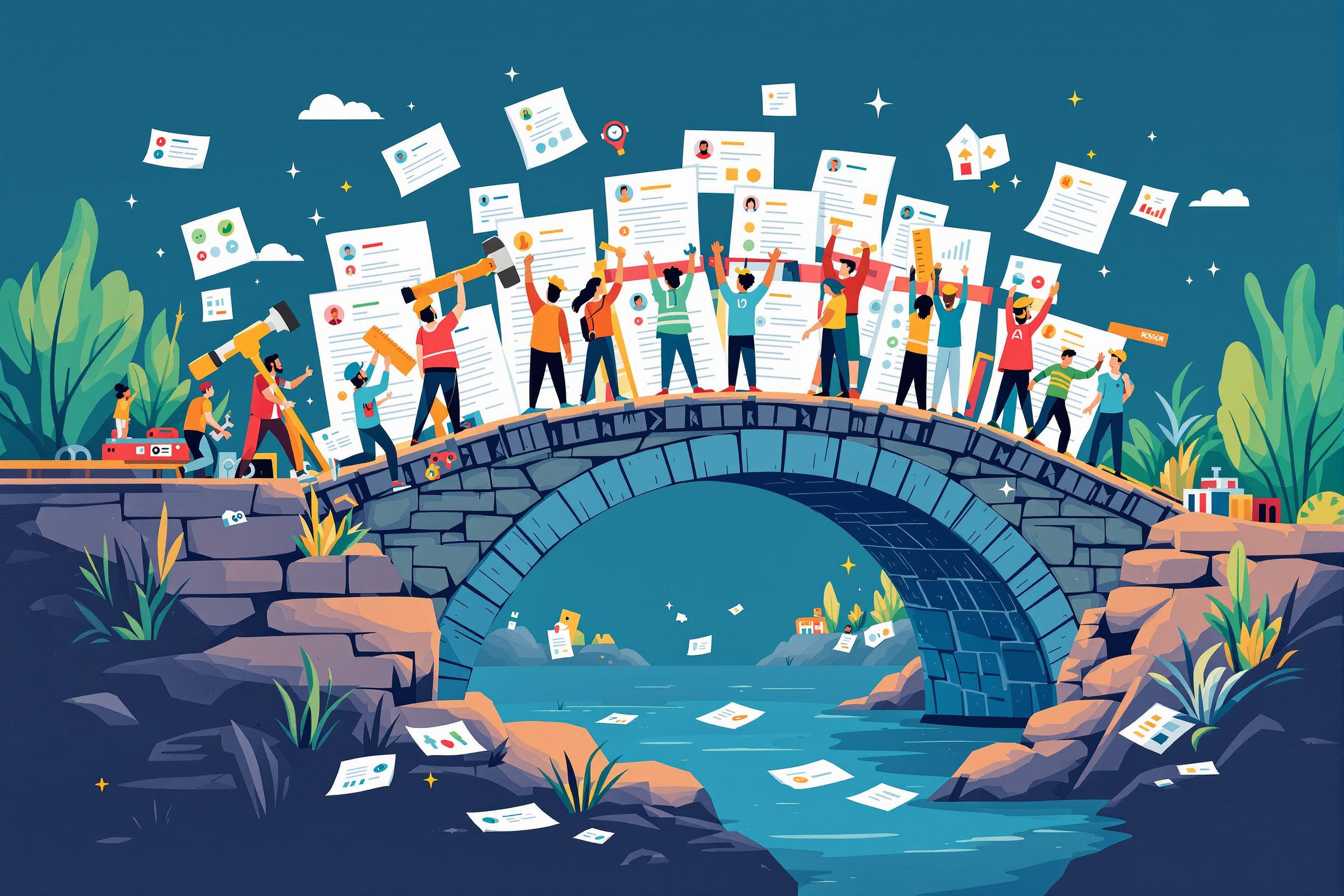
Asset-Based Development
Asset-Based Development, also known as Asset-Based Community Development (ABCD), is a way of building stronger communities by focusing on what resources and strengths already exist in a neighborhood or group, rather than just looking at problems. Think of it like making a recipe with ingredients you already have in your kitchen, instead of focusing on what's missing. Community workers use this approach to help neighborhoods grow by identifying local talents, skills, buildings, organizations, and relationships that can be used to improve the community. It's different from traditional problem-focused approaches because it starts with what's working well and builds from there.
Examples in Resumes
Implemented Asset-Based Development strategies to help 5 local neighborhoods identify and leverage existing resources
Led Asset-Based Community Development workshops reaching 200+ community members
Used ABCD methodology to map community assets and create sustainable development plans
Typical job title: "Community Development Specialists"
Also try searching for:
Where to Find Community Development Specialists
Professional Organizations
Learning Resources
Network Connections
Example Interview Questions
Senior Level Questions
Q: Can you describe a time when you successfully implemented an Asset-Based Development approach in a challenging community?
Expected Answer: Look for answers that show experience in identifying community strengths, building relationships with diverse stakeholders, and creating sustainable positive changes. They should mention specific examples of how they turned community assets into opportunities.
Q: How do you measure the success of an Asset-Based Development project?
Expected Answer: Strong answers should discuss both quantitative metrics (number of participants, resources mobilized) and qualitative outcomes (community engagement levels, sustainable partnerships formed, positive community changes). They should emphasize long-term community empowerment over short-term fixes.
Mid Level Questions
Q: What methods do you use to identify and map community assets?
Expected Answer: Candidates should mention techniques like community surveys, informal conversations, stakeholder meetings, and various mapping tools. They should emphasize the importance of involving community members in the process.
Q: How do you engage reluctant community members in the asset-mapping process?
Expected Answer: Look for answers that show understanding of relationship-building, cultural sensitivity, and various engagement strategies. They should mention practical approaches to building trust and demonstrating value to community members.
Junior Level Questions
Q: What is your understanding of Asset-Based Development?
Expected Answer: Should be able to explain the basic concept of focusing on community strengths rather than deficits, and give simple examples of what might count as community assets.
Q: What's the difference between traditional needs-based approaches and asset-based approaches?
Expected Answer: Should understand that needs-based focuses on problems and what's missing, while asset-based starts with existing strengths and resources in the community.
Experience Level Indicators
Junior (0-2 years)
- Basic understanding of community engagement principles
- Ability to identify obvious community assets
- Experience with basic community outreach
- Good communication and listening skills
Mid (2-5 years)
- Proven experience in community asset mapping
- Strong facilitation and group leadership skills
- Project planning and implementation
- Partnership building abilities
Senior (5+ years)
- Strategic program development
- Complex stakeholder management
- Training and mentoring abilities
- Grant writing and resource development
Red Flags to Watch For
- Focus solely on community problems rather than assets
- Lack of experience in community engagement
- Poor listening and communication skills
- No understanding of cultural sensitivity
- Unable to provide examples of community collaboration
Related Terms
Need more hiring wisdom? Check these out...

How Internal Gig Marketplaces Revolutionize Employee Development

Micro-Internships: The Game-Changer in Project-Based Learning

Unlocking Team Potential: Personality Mapping for Dynamic Management

